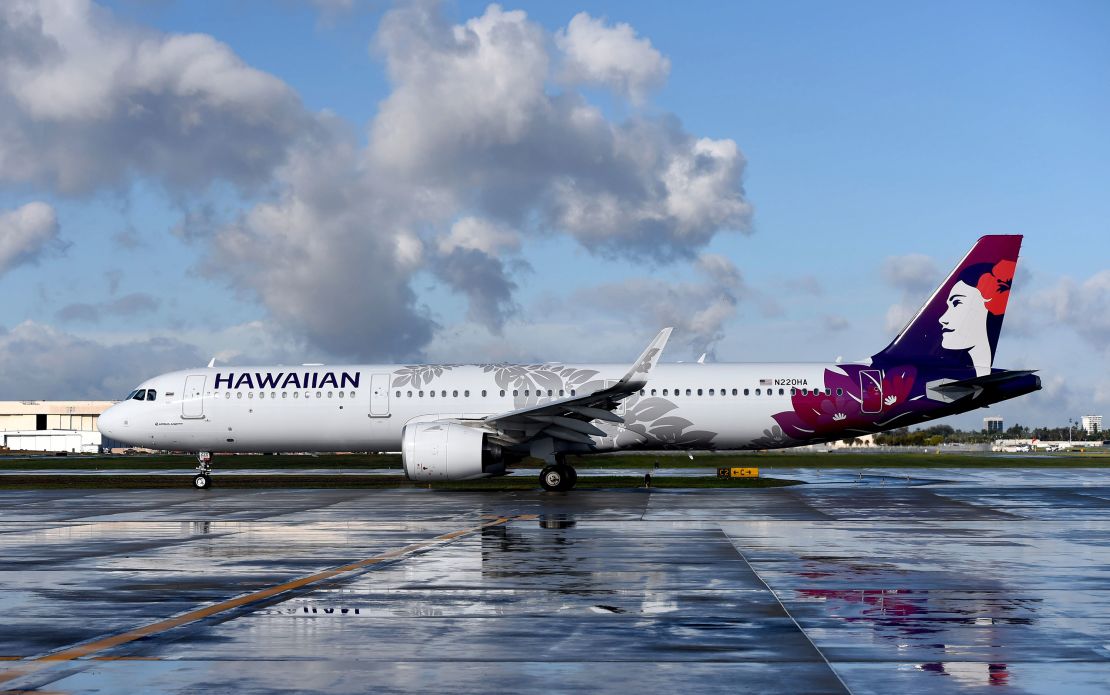
Activity-based costing helps carriers improve bottom line

The economy is always a hot topic, whether it’s a boom or a bust. While it moves in cycles, there are ways to help your company thrive amid the fluctuation. One of those, Justin Springer said, is an activity-based costing model.
Springer, director of business development at freight transportation software provider SMC3, said during a recent Truckload Carriers Association webinar that this model – compared to the standard model of assigning a predetermined rate usually based on team member experience and knowledge – provides deeper insight into operations to move freight more efficiently and cost effectively to improve the bottom line.
“Using an activity-based costing system can help you remove the guesswork and get you to that level of detail to hit your goals and targets,” he said. “Activity-based costing, which we feel, especially for transportation providers and the complexity in their network, is the best way to fully understand your costs so you can make better decisions and push that profitability lever.”
Carriers that include XTL, Averitt and Old Dominion use SMC3’s activity-based costing system, a profitability management tool called Cost Intelligence System (CIS) that interfaces with major TMS providers to gather the data behind the insights.
XTL Vice President of Pricing Dan McKenzie said during the webinar that the company was able to use the tool to shed unprofitable customers as well as determine which customers were profitable, even if they didn’t appear to be so on paper.
“Having the revenue and the cost at the load level allows you to do such a detailed analysis, whether it’s by customer, by lane, by driver, by trailer type. You can drill that down right to the load level, and that’s very powerful. That allows us to see if one load goes wrong on a customer, why did that happen,” McKenzie said. “All the costs are included in the whole process, so you know your profitability of that round trip. That’s vital, but the fact that it is as detailed to the GL (general ledger) as you can get, that’s vital too.”
Activity-based costing assigns rates or costs associated with the actual consumption of resources by each activity, drilling down to the lowest common denominator of every element that drives cost on a load or a shipment, Springer said. That means factoring in everything from the type of equipment a load or shipment is on, the type of fuel it’s using, tolls, etc. to get the most granular and accurate insight into costing.
Springer said these are some of the benefits of activity-based costing:
• Increase the carrier’s understanding of overhead and the true cost-drivers for the business.
• Make those costly, unprofitable situations more visible by highlighting both good and underperforming business.
• Allow teams to reduce or eliminate non-value-adding activities.
• Provide more accurate pricing decisions and a deeper focus on profitability.
• Allow carriers to make better decisions on the front end, eliminating duplicate efforts to clean up bad business and have better conversations with customers based on data.
“Think about even scenarios where a customer may have long detention time. That should certainly be costed and looked at differently,” Springer said.
He took an audience poll during the webinar, asking how they do costing today. Half of respondents were split between using a proprietary system and using third-party systems like SMC3. SMC3’s CIS customizes its model based on each individual carrier’s network. This model, Springer said, gives the ability to automate the costing process and show true profitability of current business as well as prospective business.
The majority of respondents (49%) said they do costing based on team member experience and knowledge. He advised carriers to task their management teams with individually listing the company’s five most and least profitable customers, and said if those lists don’t align an activity-based costing model is a better option.
Dale Yelle, who works specifically on the truckload side of SMC3’s CIS, said every carrier at the close of a financial period knows whether they made money or lost money.
“The problem is they don’t know how they got there – what customer helped them get there, what customer did not help them get there,” he said. “Activity-based costing drills down to that load level, allows you to roll it up to a customer or to a lane so that you know we did make money this period, and this is how we got there. These are the customers that helped us. These are the lanes that helped us, or these are the lanes and the customers that didn’t help us, so now I can attack those.
“You can drill down to those specific ones that you need to change, and if you want to plan for positive change, you need to answer these basic questions,” he added.
Angel Coker Jones is a senior editor of Commercial Carrier Journal, covering the technology, safety and business segments. In her free time, she enjoys hiking and kayaking, horseback riding, foraging for medicinal plants and napping. She also enjoys traveling to new places to try local food, beer and wine. Reach her at [email protected].



